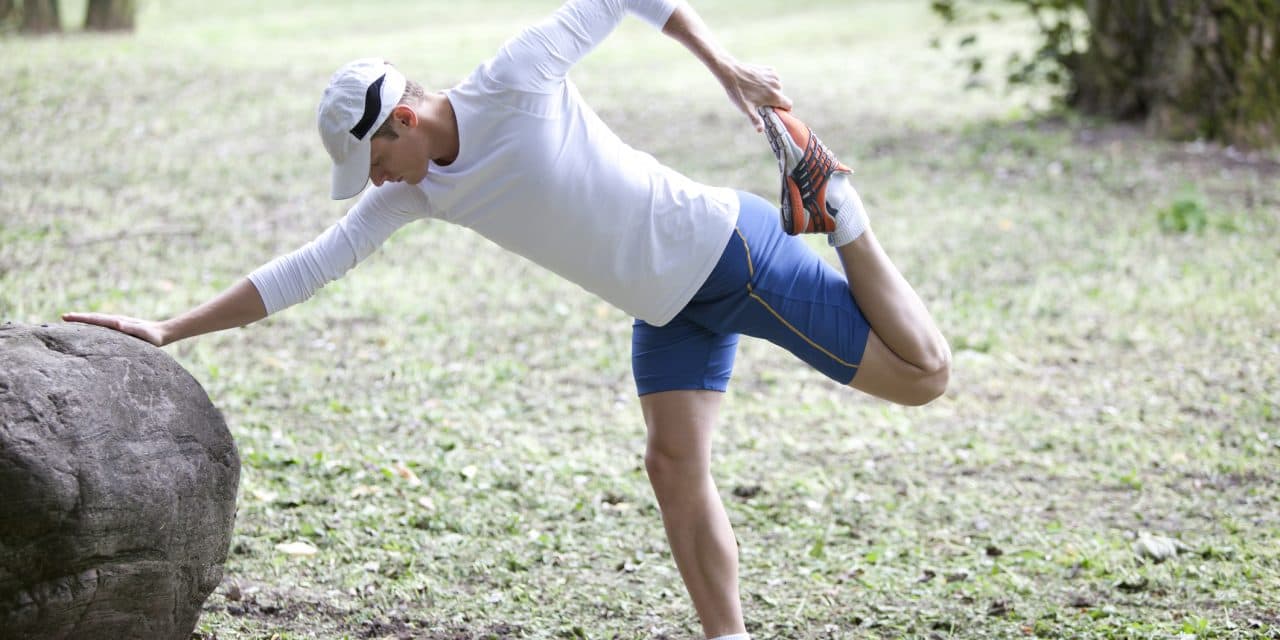Pelvic floor issues in aging men
The pelvic floor is less of a problem for men than it is for women, but one in five men over the age of 60 suffer urinary incontinence, so here we explain how to strengthen pelvic floor muscles.
Many men suffer from an overactive bladder due to nerve and muscle damage as a result of chronic diseases such as diabetes. In the same way as women, men with jumpy bladders will benefit from bladder retraining, medications and electrical stimulation.
Men also have their own special burden: the prostate gland, which sits just under the bladder. The prostate gland enlarges as men age, sometimes enough to slow the flow of urine.
The most common symptoms of an enlarged prostate include an interrupted or dribbling urine stream, frequent or urgent urination, or incontinence. Many of the same factors that influence aging also make prostate enlargement more likely, including obesity, physical inactivity, diabetes, smoking and a high-fat diet.
You can strengthen pelvic floor muscles by undertaking pelvic floor, or Kegel, exercises. This may help to prevent or improve symptoms such as urine leakage.
How men can strengthen pelvic floor muscles
You can find the pelvic floor muscles by stopping urinating mid-stream or tightening the muscles that prevent you from passing wind. If you stand in front of the mirror and contract these muscles, your testicles will rise and the base of your penis will move closer to your abdomen.
Empty your bladder, lie on your back and place bent knees apart. Tighten the pelvic floor muscles and hold for three seconds. Relax for three seconds and repeat a couple of times. Slowly build up to doing three sets of 10 reps every day. You can do these exercises sitting, stranding or even walking, but make sure you do not tighten your abdominal muscles or hold your breath.
As you continue to do these exercises regularly, the you will strengthen pelvic floor muscles.
Supporting a healthy prostate
It is important to support a healthy prostate by:
- Maintaining a healthy body weight
- Increasing physical activity – regular and moderate physical activity is associated with lower rates of prostate enlargement, while inactivity and obesity make it more common
- Eating foods that are naturally rich in antioxidants, especially those containing:
- Lycopenes – red fruits such as tomatoes, watermelon, pink grapefruit, pink guava, papaya and rosehip
- Isoflavones – fresh fruit, vegetables, soy, lentils, flaxseed and chickpeas
- Sulforaphane – broccoli, Brussels sprouts, as well as other plants in the cabbage family
- Eating more onions and garlic – a healthy intake of these vegetables is associated with lower rates of prostate disease
- Eating less animal fat – especially fried, roasted, broiled, grilled or barbecued meat
Also remember to make time to see your doctor about your bladder problems. What good is a long life if it means long suffering too? A number of treatments including medications and surgical options are now available to get the flow going again.
Last reviewed 02/Jun/2017
Editor
Latest posts by Editor (see all)
- Oily fish and diabetes prevention - 04/06/20
- Manage the andropause - 11/12/17
- Testing testosterone levels - 07/12/17







